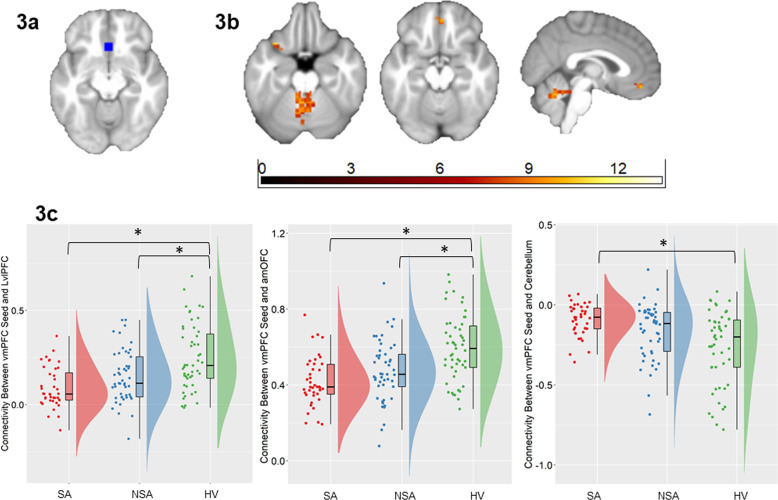Fig. 3. Alterations in functional connectivity from the ventromedial prefrontal cortex associated with suicide attempts in bipolar disorder.
The axial and sagittal images show regions of differences in functional connectivity from the ventromedial prefrontal cortex (vmPFC) seed region (Fig. 3a) to the left ventrolateral prefrontal cortex (LvlPFC), anteromedial orbitofrontal cortex (amOFC), and cerebellar vermis (Fig. 3b), using an ANCOVA analysis comparing individuals with bipolar disorder with history of suicide attempts (SA group; n = 40), individuals with bipolar disorder without suicide attempts (NSA group; n = 49) and healthy volunteers (HV; n = 51) (p < 0.05, corrected for family-wise error). Left of figure denotes left side of brain. The color bar represents the range of F values. The raincloud plots (Fig. 3c) of distribution of extracted z-values from vmPFC-LvlPFC and vmPFC-amOFC clusters of differences in functional connectivity show the group differences resulted from lower connectivity from vmPFC to LvlPFC and to amOFC in the SA and the NSA groups, compared to the HV group. The raincloud plot (Fig. 3c) of distribution of extracted z-values from vmPFC-cerebellum show the group differences resulted from lower negative functional connectivity in the SA group compared to the HV group (p < 0.05, corrected for 3 pair-wise group comparisons).

